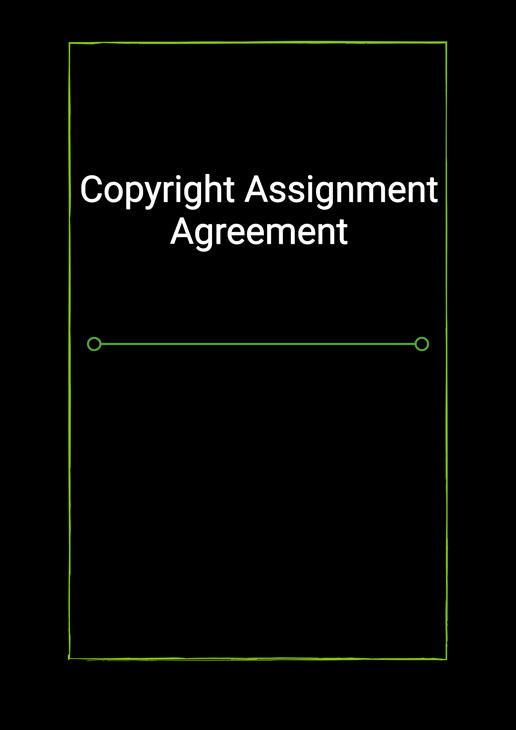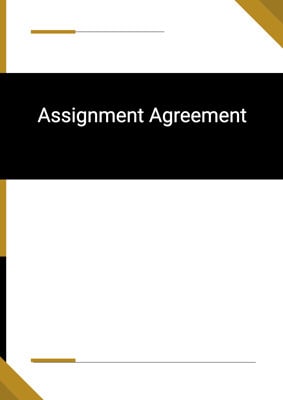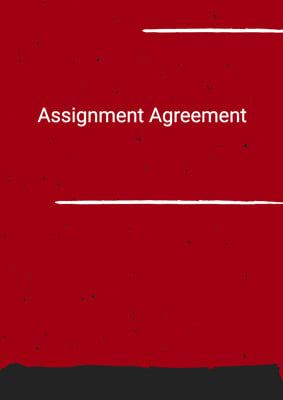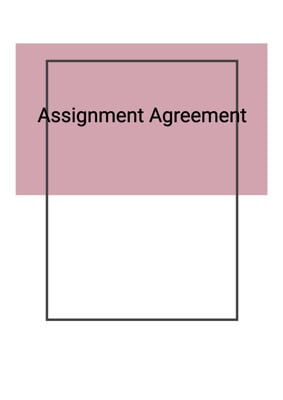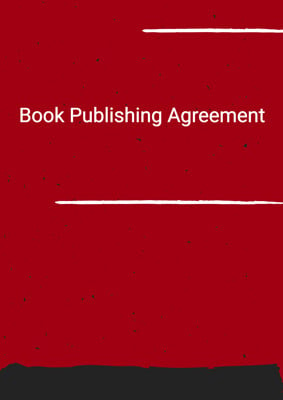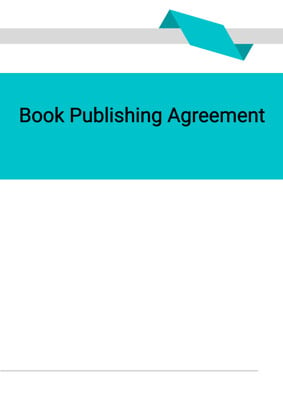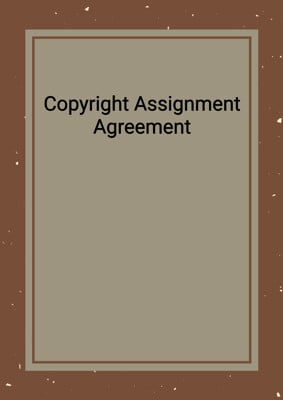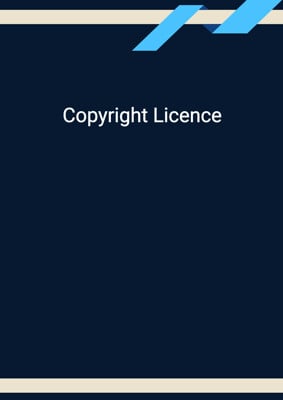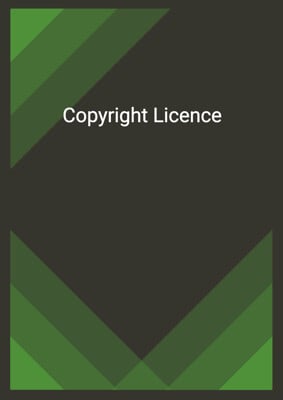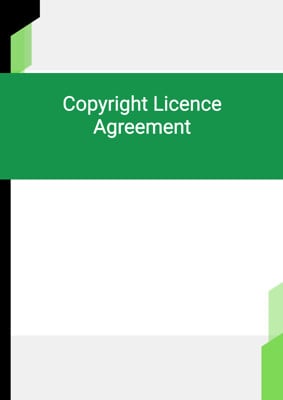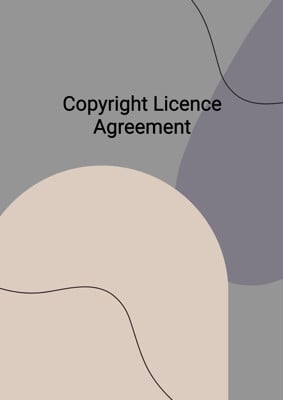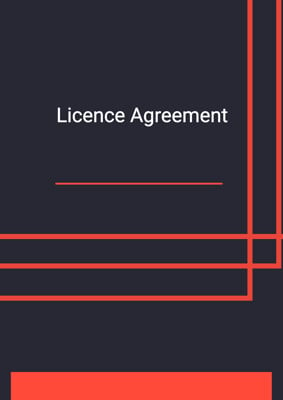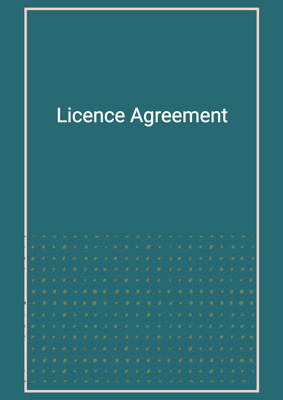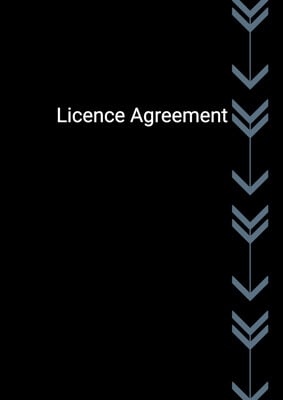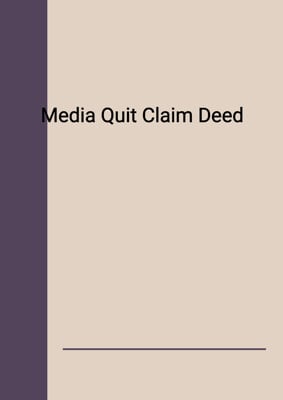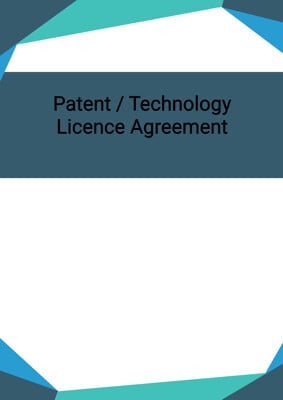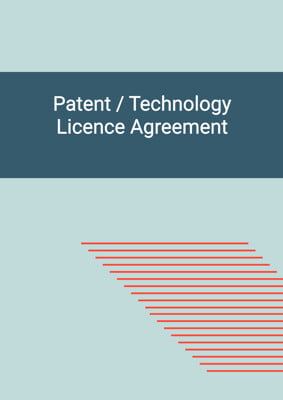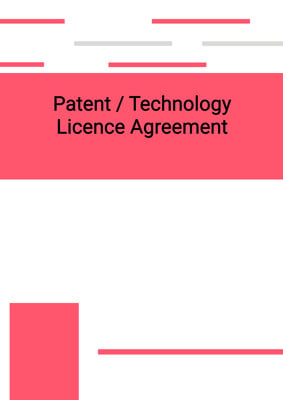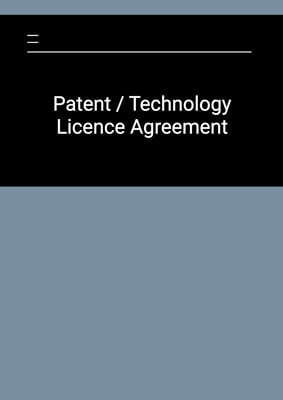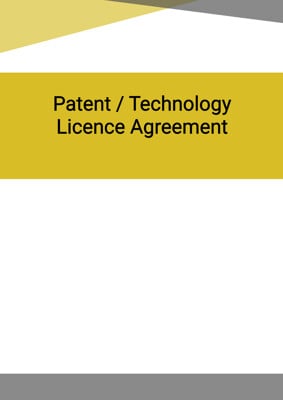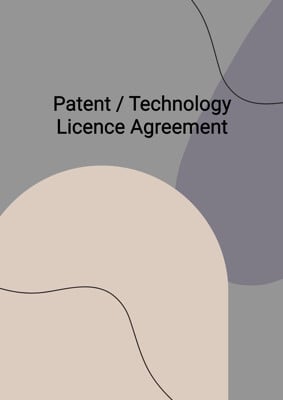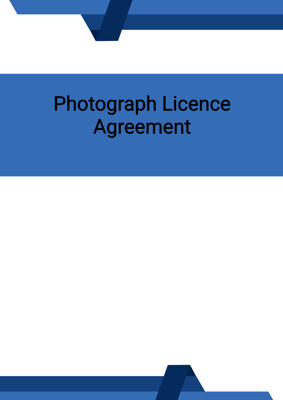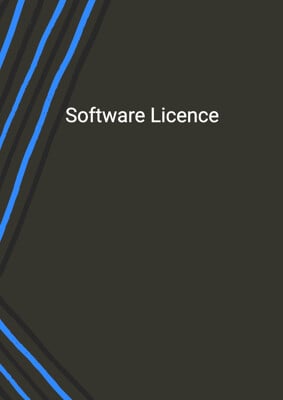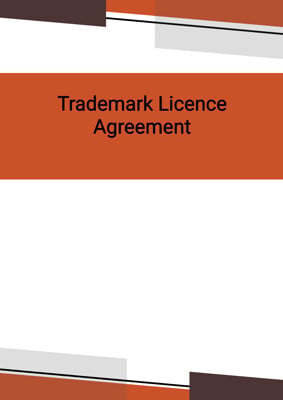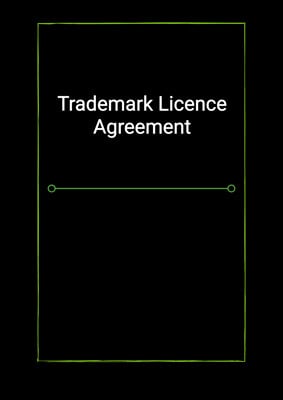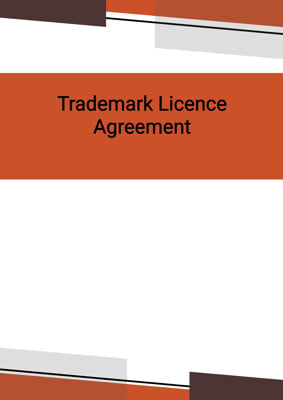How to Tailor the Document for Your Need?
01
Create Document
Fill in the details of the parties. You can click the "Fill with Member’s Information" button to complete it with information saved to your account.
02
Fill Information
Please fill in any additional information by following the step-by-step guide on the left hand side of the preview document and click the "Next" button.
03
Get Document
When you are done, click the "Get Document" button and you can download the document in Word or PDF format.
04
Review Document
Please get all parties to review the document carefully and make any final modifications to ensure that the details are correct before signing the document.
Document Preview
Document Description
The Copyright Assignment Agreement is a legal document that outlines the transfer of copyright ownership from one party (the assignor) to another party (the assignee). This agreement is important as it ensures that the assignee has the exclusive rights to use, reproduce, distribute, and display the copyrighted work.
The entire document consists of 11 sections, each addressing different aspects of the agreement.
Section 1: Interpretation
This section provides definitions and rules of interpretation for the agreement. It clarifies that singular includes plural, words of one gender include any gender, and headings do not affect interpretation.
Section 2: Assignment
This section states that the assignor irrevocably and absolutely assigns, transfers, and conveys to the assignee its entire rights, title, and interests to the copyrighted work. It also includes any preliminary drafts, earlier versions, or derivative works arising from the original work.
Section 3: Consideration
In consideration of the assignment, the assignee agrees to pay a specified sum to the assignor. This section also addresses the payment of VAT and any additional amounts required to ensure the assignor receives the full amount.
Section 4: Further Assurances
The assignor agrees to perform any further acts and execute any necessary documents to implement and give effect to the agreement. This section ensures that both parties fulfill their obligations to complete the assignment.
Section 5: Costs and Duties
Each party is responsible for their own costs related to the negotiation, preparation, and execution of the agreement. The assignee is also responsible for paying any stamp duty.
Section 6: Severability
If any provision of the agreement is held to be illegal, void, or unenforceable, it will be deemed not to be included in the agreement. The parties will negotiate in good faith to agree on a valid substitute provision.
Section 7: Amendment
Any variation of the agreement must be in writing and signed by both parties. Variations do not constitute a general waiver of any provisions and do not affect rights, obligations, or liabilities that have already accrued.
Section 8: Entire Agreement
This section states that the agreement constitutes the entire agreement between the parties and supersedes any previous agreements or understandings. It also clarifies that any statements or representations not included in the agreement are not enforceable.
Section 9: Governing Law
The agreement and the relationship between the parties are governed by jurisdiction state law. This section establishes the legal framework for the agreement.
Section 10: Notices and Service
This section outlines the methods of serving notices between the parties, including delivery by hand, email, or post. It also provides the addresses and contact information for each party.
Section 11: Counterparts
The agreement may be executed in multiple counterparts, with each counterpart considered an original document. This section allows for flexibility in signing the agreement.
Overall, the Copyright Assignment Agreement is a comprehensive document that ensures the transfer of copyright ownership is legally binding and protects the rights of both the assignor and the assignee.
How to use this document?
To use the Copyright Assignment Agreement, follow these steps:
1. Review the entire agreement to understand its terms and conditions.
2. Identify the assignor and assignee by entering their names and principal places of business.
3. Determine the reason for the assignment. If the assignor created the work on the instructions of the assignee, choose the corresponding option and provide brief particulars of the work. If the assignor owns the copyright in the work, choose the corresponding option and provide the description of the work.
4. Specify the rights being assigned by the assignor to the assignee. This includes the entire rights, title, and interests to the work, any preliminary drafts, earlier versions, or derivative works arising from the work.
5. Agree on the consideration for the assignment. The assignee will pay a specified sum to the assignor, and both parties should acknowledge the receipt of payment.
6. Address any VAT obligations. If the payment constitutes a taxable supply, the assignee should ensure that the assignor receives the full amount after deducting any applicable VAT.
7. Determine if any further assurances are required. The assignor may need to perform additional acts or provide additional documents to implement the agreement. Both parties should agree on these requirements.
8. Clarify the costs and duties associated with the agreement. Each party is responsible for their own costs, and the assignee is responsible for any stamp duty.
9. Understand the severability clause. If any provision of the agreement is deemed illegal or unenforceable, the parties will negotiate to replace it with a valid provision.
10. Follow the procedures for amending the agreement. Any variations must be in writing and signed by both parties.
11. Confirm that the agreement constitutes the entire agreement between the parties and supersedes any previous agreements or understandings.
12. Ensure compliance with the governing law. The agreement is governed by jurisdiction state law, and both parties should understand their rights and obligations under this law.
13. Familiarize yourself with the notice and service requirements. Notices can be delivered by hand, email, or post, and the addresses and contact information for each party should be provided.
14. Execute the agreement by signing it. The agreement can be executed in multiple counterparts, with each counterpart considered an original document.
By following these steps, you can effectively use the Copyright Assignment Agreement to transfer copyright ownership from the assignor to the assignee.
Not the right document?
Don’t worry, we have thousands of documents for you to choose from:
